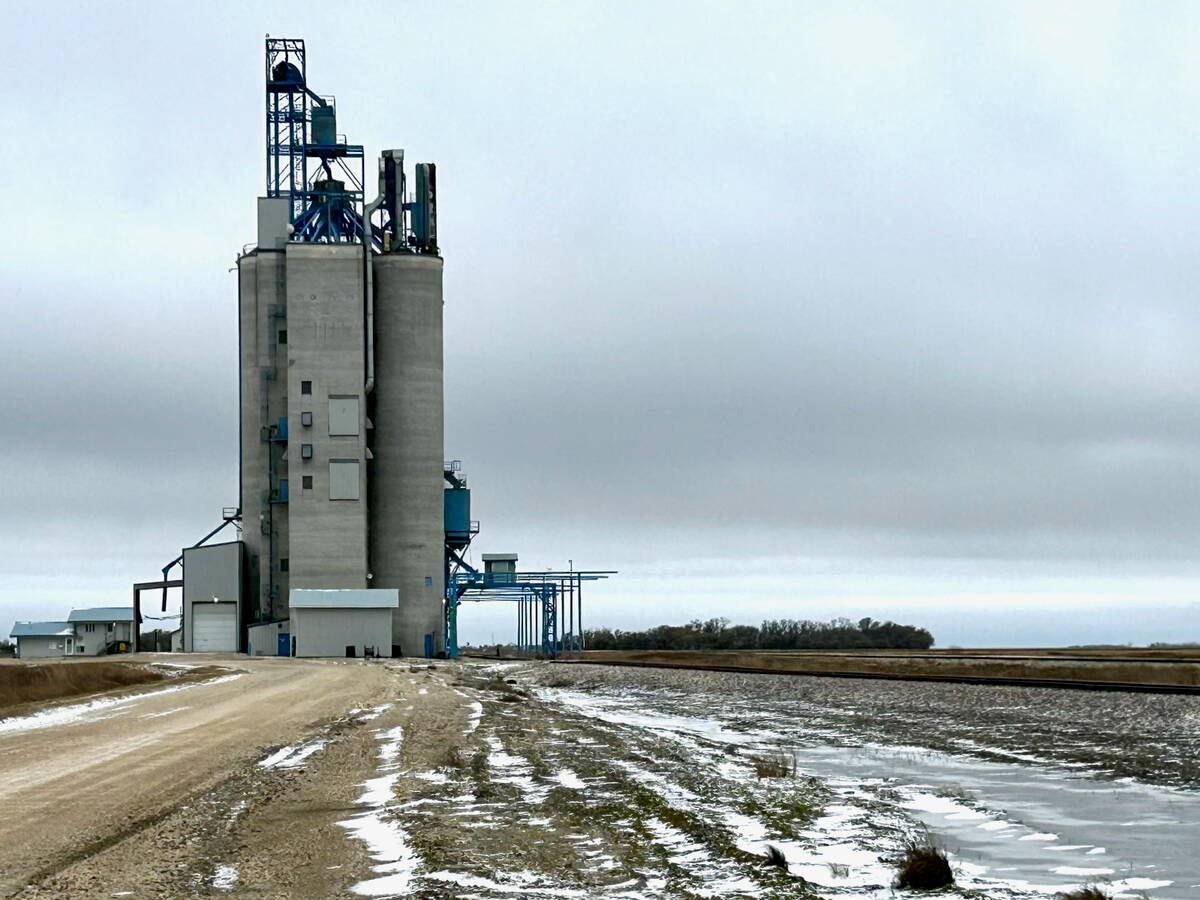Only a matter of time Seeding expected to force grain companies to make deliveries more attractive
The adage that good things come to those who wait is particularly apt for Canadian wheat growers this year, says an analyst.
“If farmers have the storage, I mean, there’s no question at some point that basis levels will gain $60 (per tonne),” said Chuck Penner with LeftField Commodity Research.
“That’s a way to earn $2 a bushel right there.”
Canola basis levels have improved a fair amount in the last few weeks.
“From a long-term perspective, they’re kind of reasonable right now,” said Penner.
Read Also

Manitoba grain elevator ownership expands
Carman-based Linear Grain buys Fannystelle elevator from Bunge, another three elevators sold to Morden’s BP & Sons Grain and Storage Inc.
“It’s wheat that has kind of stupid-wide basis levels right now.”
Canadian hard red spring wheat has levels that are $80 to $90 per tonne under the Minneapolis spring wheat futures price.
“That needs to narrow a lot,” said Penner.
By comparison, dark northern spring wheat in North Dakota is $33 per tonne under the futures values.
“There is still a huge disconnect in the market,” said Penner.
Marlene Boersch, partner in Mercantile Consulting Venture, thinks Canadian basis levels should have improved more than they have based on recent grain movement.
Commercial stocks of wheat held by primary elevators was 1.59 million tonnes as of Week 40, which is down 22 percent from the stocks held in Week 32.
“Presumably we would want to replace the stocks in the elevators and keep moving to the ports,” she said.
That would require attractive pricing to pull in wheat from over-stuffed bins, but that isn’t happening.
Boersch said the cash price paid for No. 1, 13.5 percent protein wheat in Canada as of May 11 was $75 per tonne below world price value. At one point in the winter, the spread was more than $100 per tonne.
“There have been improvements, but there is lots of room to go,” she said.
“There’s still so much grain (out) there that (grain companies) don’t really have to reflect world prices to get it.”
She believes part of the problem is that the railways are not living up to the government-mandated weekly shipping targets.
There were 731,300 tonnes of grain in transit in the western rail system in Week 40, according to the Canadian Grain Commission. That amounts to 8,126 rail cars, assuming 90 tonnes per car, which is well short of the government’s 11,000 car mandate, said Boersch.
“Are we fine? I don’t think so,” she said. “Where are the teeth to the legislation?”
Mark Hemmes, president of Quorum Corp., which monitors western Canadian grain transportation for the federal government, thinks the railways are meeting their weekly targets.
The grain commission tracks only shipments out of primary elevators. The government mandate includes shipment of all Schedule II grains, which includes value-added products such as canola oil shipped by crushing facilities.
Those shipments do not appear in the grain commission numbers.
“That’s probably 1,500 cars or more (per week),” he said.
The grain commission also does not track shipments from pulse plants and producer car facilities.
Hemmes recently told the Senate agriculture committee that 6,740 rail cars were unloaded at the West Coast in Week 39, which is the most unloaded in the history of the West Coast.
However, shippers are still playing catch-up despite improved transportation logistics.
“I think we’re down to about 20 boats out of Vancouver right now and there’s about seven still hanging around in Prince Rupert,” he said in an interview.
That’s down from the “gong show” winter highs of 38 boats in Vancouver and 18 in Prince Rupert, but it is still a lot of boats incurring demurrage charges waiting to be filled with grain.
“(Grain companies) are selling grain again, but it’s going to take a while for all of that to catch up,” said Hemmes.
“The signal that the basis sends out is that they’re still limiting the amount of grain they want to come into the system so that they can manage it because they’ve still got lots in the country system that they can work with. They just don’t necessarily need as much as producers want to deliver.”
Penner thinks grain companies may change their tune when seeding heats up and farmers stop delivering wheat.
“That could be the trigger that causes (basis) to narrow up,” he said.
“That basis is going to have to snap back if they want farmers to continue to sell.”















